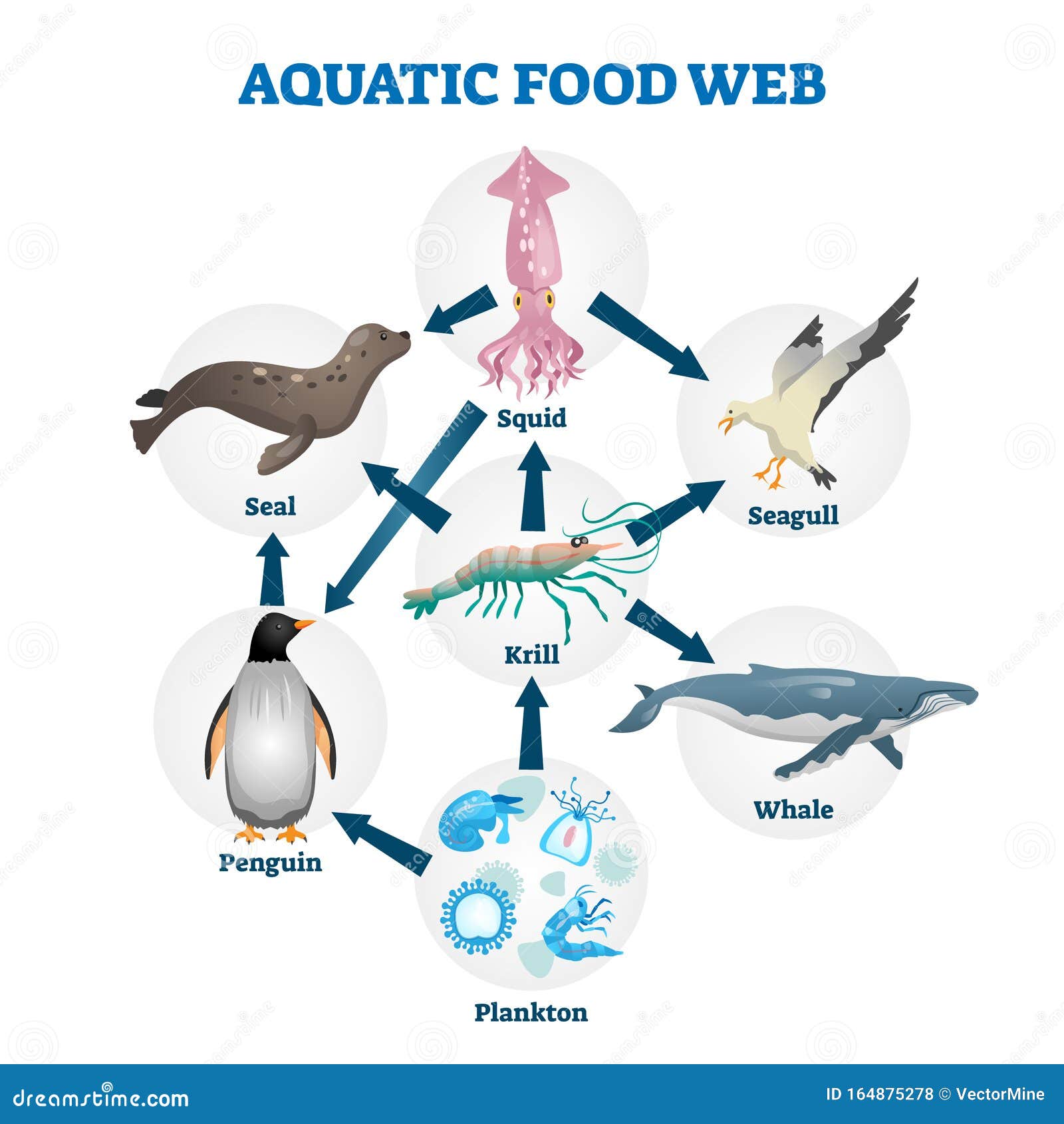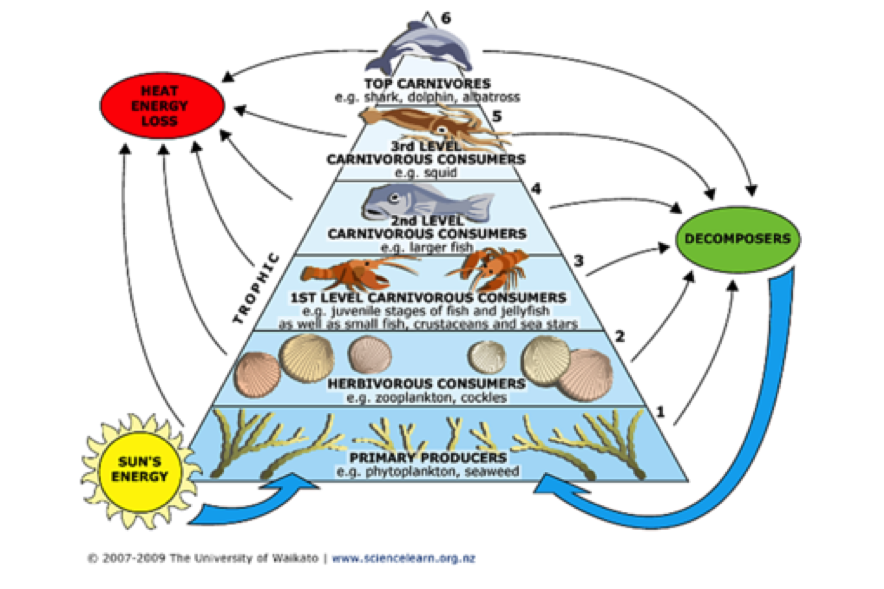Ocean Food Web
Of course the menu in the ocean is a lot larger than what your food chain shows.

Ocean food web. Humans are also top level consumers in the marine food web. Humans consume aquatic life from every section of this food web. Carbon flow and carbon fate in the ocean biological and physical pump. Creating a food web.
Sea coral lives in cold water at the bottom of the ocean many fish depend on the coral for protection to themselves. They are eaten by primary consumers like zooplankton small fish and crustaceans. There are other deep ocean ecosystems that are entirely independent of. They are called autotrophic.
This visualization does a good job at introducing some of the major players in a food web and. These pyramids can also show how much energy is available at each trophic level of a food web. In oceans there are innumerable individual food chains overlapping and intersecting to form complex intricacies which is the ocean food web. Comment from expert scientist.
Consumers eat other animals to get their energy because they cannot make their own food and are known as heterotrophic. Overall this is a good review of the oceanic food web. Producers can make their own food from photosynthesis things like algae and plankton. The food web not only shows what animal eats what but shows how energy is transferred from one animal to another.
Any given food web cant be without the sun producers consumers and decomposers. Each step of the food web or chain is called a trophic level. Individual animals can eat many other types of plants and animals not just one. Predators at the top level of the trophic pyramid include animals like sharks and dolphins.
After all students have completed their worksheets and made their organism index cards ask students to present their organisms one trophic level at a time gradually building the whole class food web display. The dynamic interactions of a marine pelagic food web are always challenging to document. The primary marine food web which is based on plant productivity includes many of the seas speciesbut not all of them. Primary producers are always the first trophic level and are represented at the bottom of an ecological pyramid.
However not all top marine predators live in the sea. Water envelopes more than 70 of the planet we trod on. Its various elements are interdependent upon each other their physical conditions and their surroundings. The diagram below shows an example of an ecological pyramid for the ocean.
Have students create a whole class food web display. For example a seal likes to eat other fish like salmon and seals in turn can be eaten by larger animals such as orca whales. The figure is interesting. Phytoplankton and algae form the bases of aquatic food webs.
Primary consumers are in turn eaten by fish small sharks corals and baleen whales. Sea grass is vital to sea life it is a natural balance and not fed upon by most sea animals. The albatross is an important predator at the top of the marine food web in otago.






